A weekly roundup of the human rights news items that I’m following that I think deserve a little more attention.
More than 1000 Muslims formed a human shield around a synagogue in Oslo, NORWAY on February 21 in response to an attack on a synagogue in Denmark last weekend. Chanting “No to anti-Semitism, no to Islamophobia,” an estimated 1200-1400 Norwegian Muslims formed a “ring of peace” around the synagogue, offering symbolic protection for the city’s Jewish community. See video coverage on the NRK website here. One of the speakers in the video is 17-year-old Hajrah Asrhad, one of the event’s organizers.
Children began returning to classrooms in LIBERIA this week after seven months of closure due to the Ebola epidemic. Education is key to development and improving human rights, so the schools are being reopened but UNICEF and its partners are putting in place safety measures to minimize the potential risk of transmission of the virus. Safety measures, including taking children’s temperatures when they arrive to school and making them wash their hands before entering the classroom, have been successfully used in GUINEA, where more than 1.3 million children have returned to school since January. Nearly all of Guinea’s more than 12,000 schools are now open, and school attendance is at 85 per cent of pre-Ebola attendance, according to data collected by the Ministry of Education and UNICEF. Following Guinea’s experience, UNICEF has worked closely with the Liberian government and local communities to develop similar safety protocols. Teachers have been trained to implement and monitor the safety measures, soap and other hygiene materials have been distributed.
Beginning last summer, UNICEF collaborated with Liberian musicians to conduct mass mobilization campaigns on Ebola prevention nationwide. In case you missed it, here is one example from August 2014:
The International Labour Organization (ILO) spotlighted recent progress in the fight against child labour in KOSOVO, where children as young as 10 are forced to work on garbage dumps or in the fields harvesting grapes and onions, risking their health. Since March 2013, members of the Kosovo Chamber of Commerce are obliged to observe the ILO’s four fundamental labour principles, including the elimination of child labour. So far, 40 members of the Chamber of Commerce have adopted codes of conduct on combating child labour in their supply chains and communities. In addition, occupational safety and health issues will be mainstreamed into the compulsory education (grades 8-9) and upper secondary school curricula.
They’re joining others outraged by the murder of 20-year-old Ozgecan Aslan who was abducted on 11 February and killed for apparently trying to prevent a bus driver from raping her.
In the UNITED STATES, a federal jury has awarded $14 million in compensatory and punitive damages to five Indian guest workers who were defrauded and exploited in a labor trafficking scheme engineered by Gulf Coast marine services company Signal, an immigration lawyer and an Indian labor recruiter who lured hundreds of workers to a MISSISSIPPI shipyard with false promises of permanent U.S. residency. The trial was the first in a series of cases spearheaded by the Southern Poverty Law Center that together comprise one of the largest labor trafficking cases in U.S. history.
In the aftermath of Hurricane Katrina, Signal used the U.S. government’s H-2B guest worker program to import nearly 500 men from India to work as welders, pipefitters and in other positions to repair damaged oil rigs and related facilities. Under the guest worker program, workers are not allowed to change jobs if they are abused but face the loss of their investment if they are fired or quit.
The plaintiffs in this case are Jacob Joseph Kadakkarappally, Hemant Khuttan, Padaveettiyl, Sulekha and Palanyandi Thangamani. Each paid the labor recruiters and a lawyer between $10,000 and $20,000 or more in recruitment fees and other costs after recruiters promised good jobs, green cards and permanent U.S. residency for them and their families. Most sold property or plunged their families deeply into debt to pay the fees.
When the men arrived at Signal shipyards in Pascagoula, MISSISSIPPI, they discovered that they wouldn’t receive the green cards or permanent residency that had been promised. Signal also forced them each to pay $1,050 a month to live in isolated, guarded labor camps where as many as 24 men shared a space the size of a double-wide trailer. None of Signal’s non-Indian workers were required to live in the company housing. An economist who reviewed Signal’s records estimated the company saved more than $8 million in labor costs by hiring the Indian workers at below-market wages.
Pro bono legal representation was provided in this case by Southern Poverty Law Center, Crowell & Moring, LLP, the American Civil Liberties Union, the Asian American Legal Defense and Education Fund, Sahn Ward Coschignano & Baker, and the Louisiana Justice Institute.
An estimated 93 million children (1 in 20 up to age 14) worldwide live with a moderate or severe disability. #Draw Disability is a new global campaign launched by the United Nations Secretary-General’s Global Education First Initiative (GEFI), in partnership with the Global Observatory for Inclusion (GLOBI) and theUnited Nations Global Education First Initiative Youth Advocacy Group (GEFI-YAG).
The campaign has two main objectives: 1) To encourage dialogue and raise awareness on disability and related issues among teachers and learners within educational environments. 2) To create a global art project focused on disability. Schools from all over the planet are encouraged to get involved in the project. Teachers can use the #DrawDisability guidelines to promote critical reflections and awareness on disability within the classroom (guidelines are available in Spanish, French and English). Children with and without disabilities are encouraged to #DrawDisability. Drawings can portray their understanding and feelings towards disability and related issues, such as accessibility, inclusion and discrimination.
All drawings received will be uploaded and displayed on a website and shared on social networks using the hashtag #DrawDisability. Early submissions by April 1, 2015 are highly encouraged as selected drawings will be showcased at the World Education Forum in May 2015 in Incheon, SOUTH KOREA, and the Conference of States Parties to the Convention on the Rights of Persons with Disabilities (COSP-CRPD) in June 2015 New York, USA. The final deadline for all submissions will be July 15, 2015. Check out submission information here.






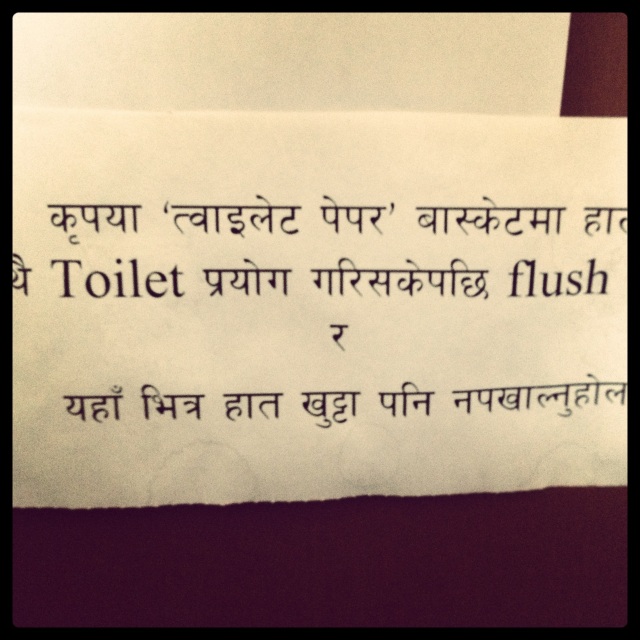
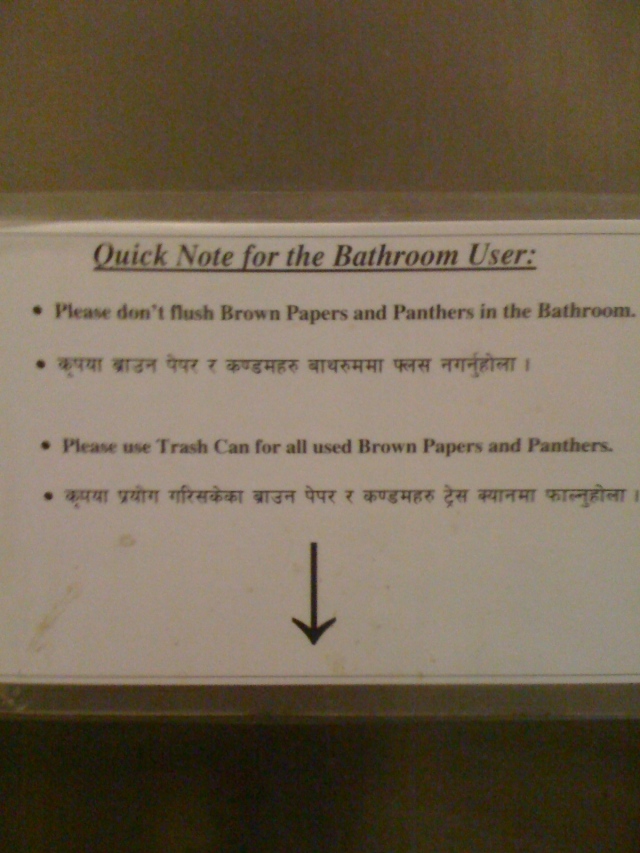
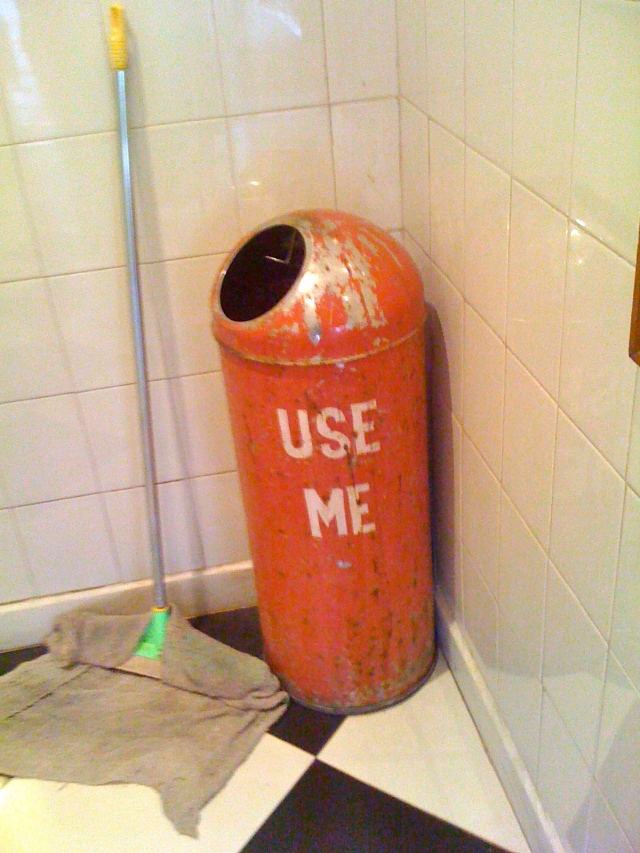
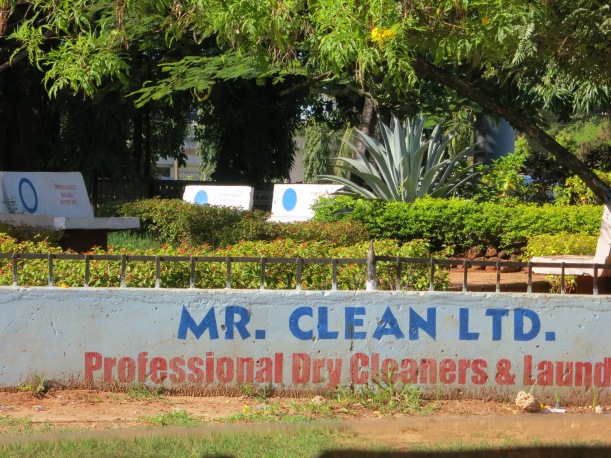
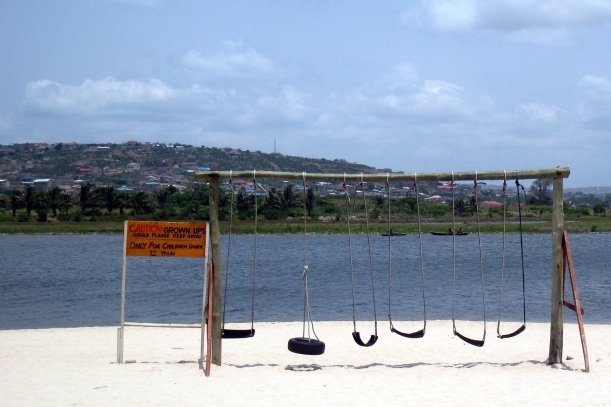

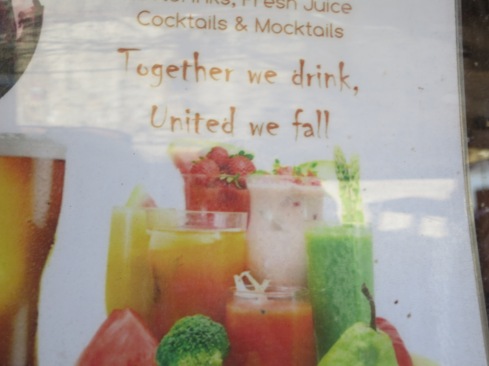
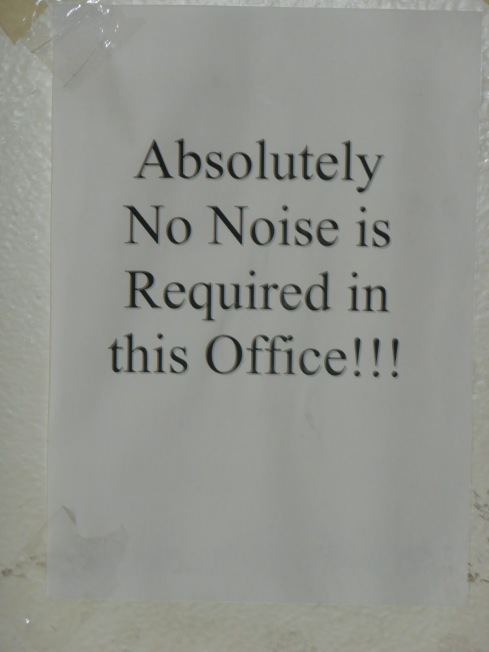
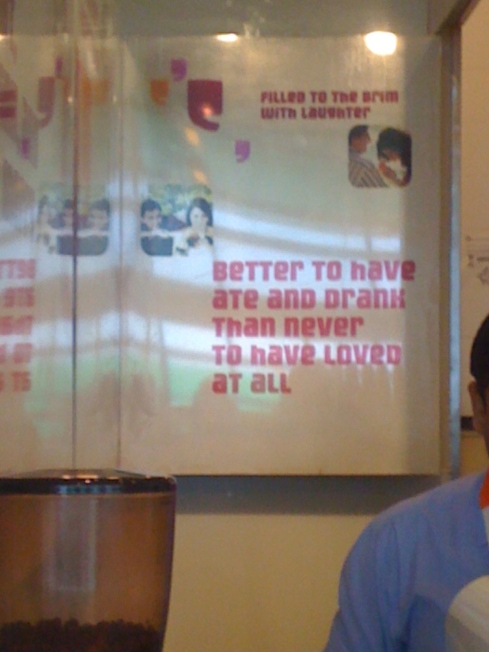
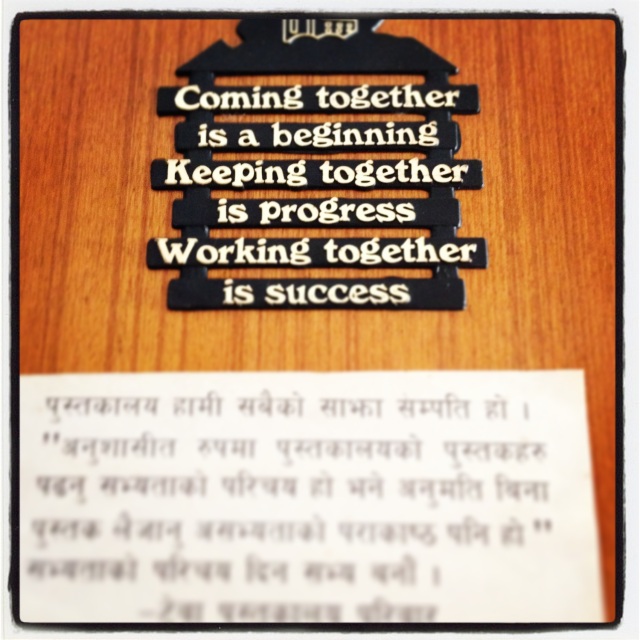
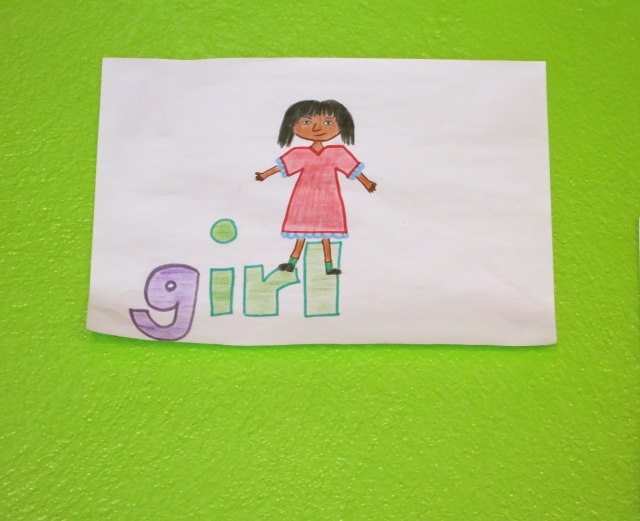










You must be logged in to post a comment.